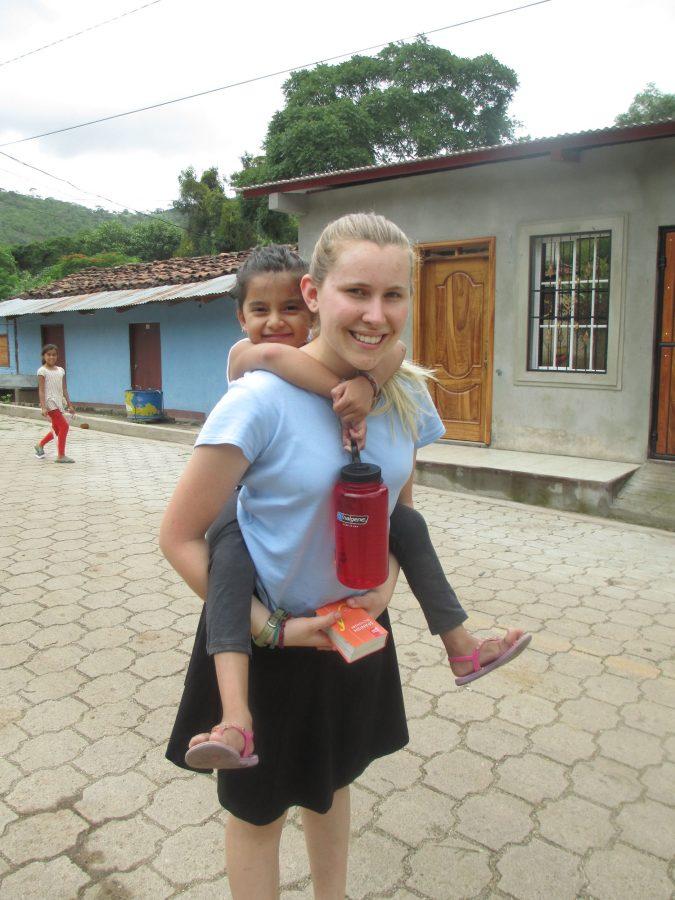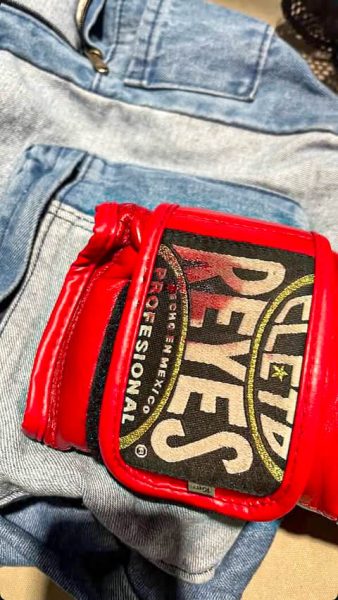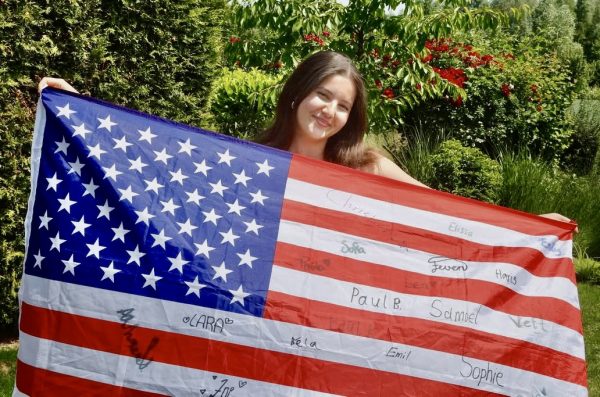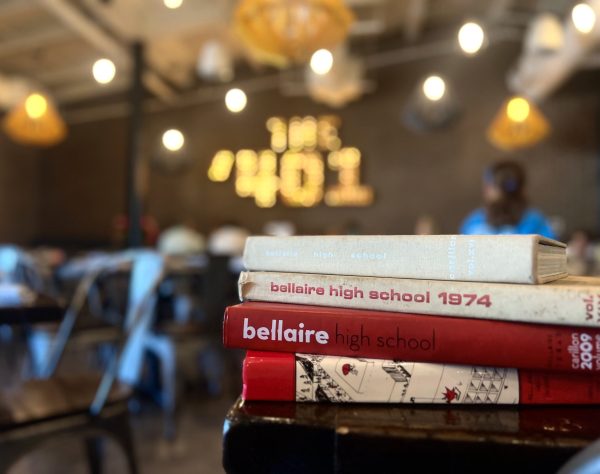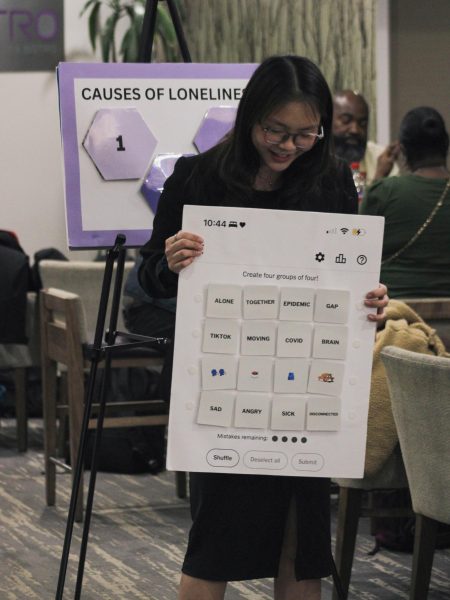Sarah Macia Profile
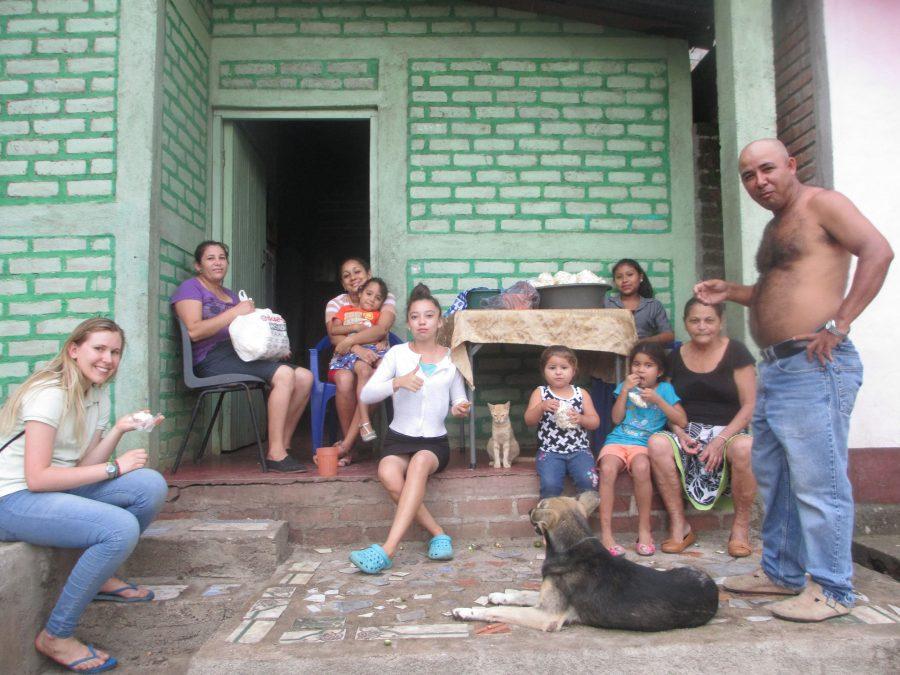
On June 25, junior Sarah Macia stepped food in Madriz, Nicaragua, for a week of cultural sensitivity and emergency procedure training. All in Spanish. She was then transported to San Lucas, a town in Madriz, to volunteer through the Amigos de Las Americas program for a month of language emersion.
“Originally, I was going to be in Nicaragua for four weeks,” Macia said. “About a week in, I realized that was too short. With all the training, it would have only been three or less weeks in community, and that was just not enough. I also wouldn’t have been able to finish my project. I switched to seven weeks.”
After making up her mind to stay for the full seven weeks, Macia met with the school administration to determine what she and her Amigos partners would be doing to help the community. They decided to hold extracurricular activities as well as perform a sustainable project. Macia explained.
“My main project was the renovation of one of the rooms in the schoolhouse,” Macia said. “It’s a space for the arts now. That school is all the schools in the area, elementary through high school. It has nine hundred students. They have school for only half the day, so half go in the morning and half go in the afternoon, depending on age. We also had some summer camp style activities.”
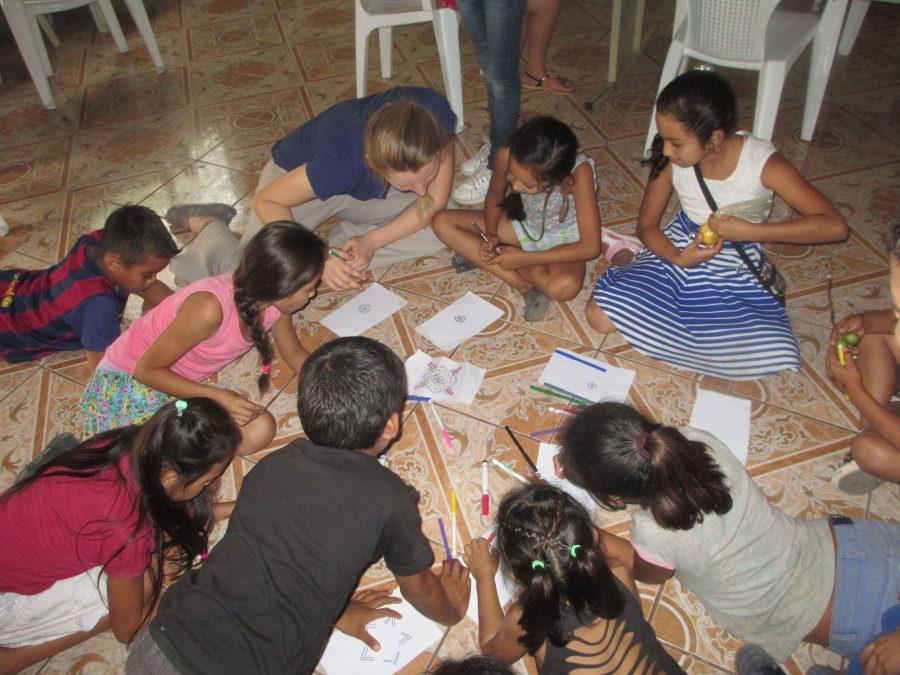
The biggest change was the move from the summer season in Calgary, Canada, where she had lived the year prior to the exchange program, to the rainy winter in Nicaragua. Even in the rainy season, Nicaragua has a hot climate and no air conditioning. On top of the seasonal change, time was measured and prioritized differently.
“It was more relaxed in terms of business hours,” Macia said. “Well, there weren’t times at all. If meetings were supposed to start at three, it would start at four because no one would show up. It was Nicaraguan time. You also would never get directions to a place, either. People would just wave their hands in a direction and say arriba.”
Although time and directions were informal, holiday celebrations were not. The Nicaraguan Liberation Day, on which the Frente Sandinista de Liberación Nacional removed the dictator Anastasio Somoza from power. Macia spoke of the way her host family celebrated.
“July 19 was the revolution day,” Macia said. “I wasn’t allowed to leave the house that day because people would congregate in my town to go to the capital, and the capital is not the best place for gringos to be. Nothing happened, it was just a cautionary thing. There was a lot of celebration for Sandinista and the revolution in my house, especially since my host family was part of the Sandinista party. My host brother put on face paint and waved the Nicaraguan flag in front of the TV in our living room. We watched re-runs of it for the next two nights.”
Another highly celebrated piece of culture was food. This was another change for Macia. Unlike the diverse variety of foods available in the United States, the San Lucas diet consisted of two staples with other specialties mixed in for special occassions.
“There’s lots of beans and rice,” Macia said. “Beans and rice is every meal, basically. There’s sopa de frijoles, or frijoles, or pretty much any other way to make beans and rice. There’s also cuajada queso, which is made from sour milk. It’s a very strong flavor, but by the end of my trip I liked it. My favorite food was platanos, plantains.”
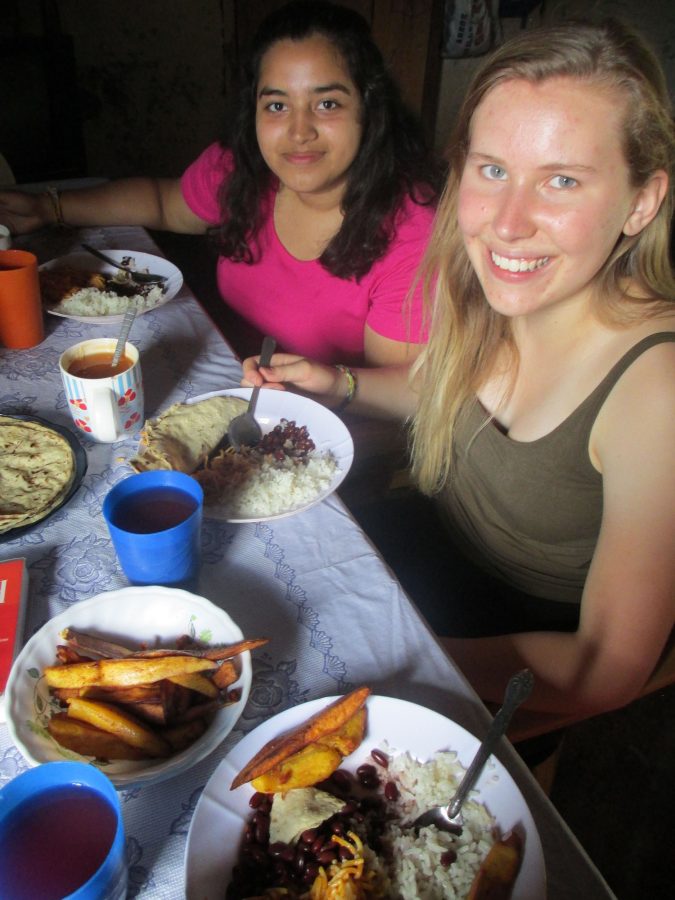
Macia had anticipated the Nicaraguan diet, but she had not expected much else. Technology was one surprising aspect of Nicaraguan culture: her host home had two televisions, and every person in her host family had a cell phone. The two adolescents in her house, Jeffer, a nine year old, and Yoneling, a seven year old, knew as much about technology as children from the United States do, according to Macia.
“When I walked in on my first day, my host mom was FaceTiming someone,” Macia said. “It was funny because I didn’t see it coming. I didn’t really have many expectations at all. I sort of just signed up for the program and didn’t really know what I was doing. Everyone was really friendly and curious. There were always people on my back porch who wanted to talk to me.”
Though she had only had two years of Spanish in school, and had not taken the class the year prior to her trip, his daily small talk brought Macia from poor to conversational Spanish. Moreover, it opened her up to an entirely new culture and changed her misgivings about Latin American culture. She summed up her entire experience.
“It was really cool,” Macia said. “I’d recommend doing it to anyone.”
Your donation will support the student journalists of Bellaire High School. Your contribution will allow us to purchase equipment and cover our annual website hosting costs.


